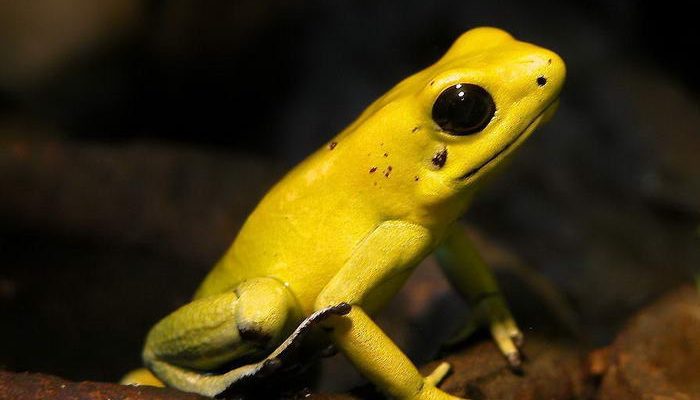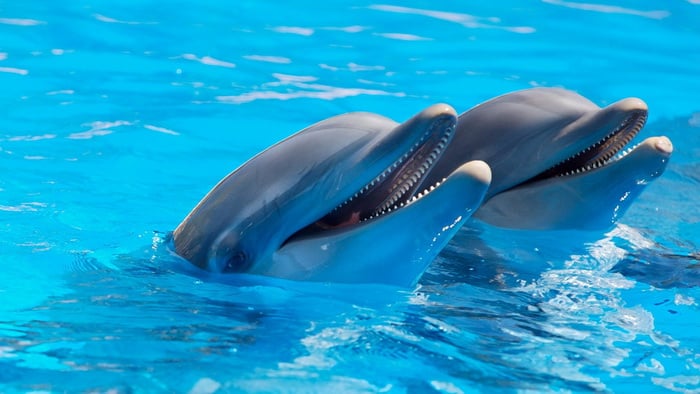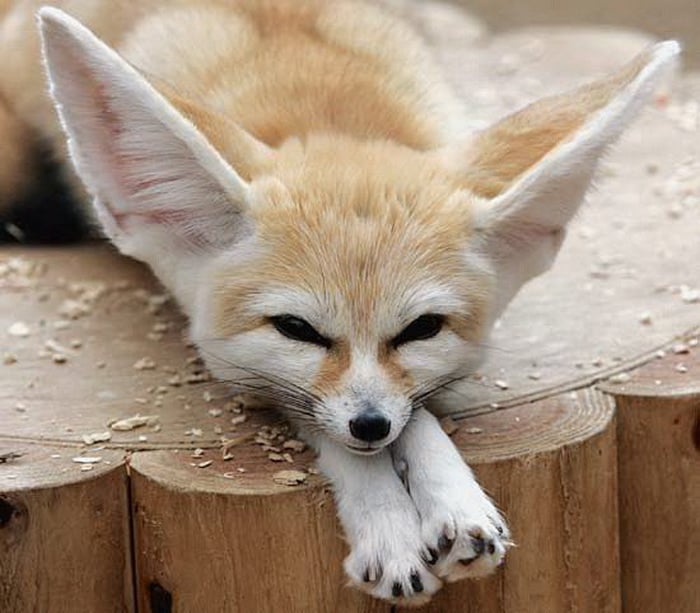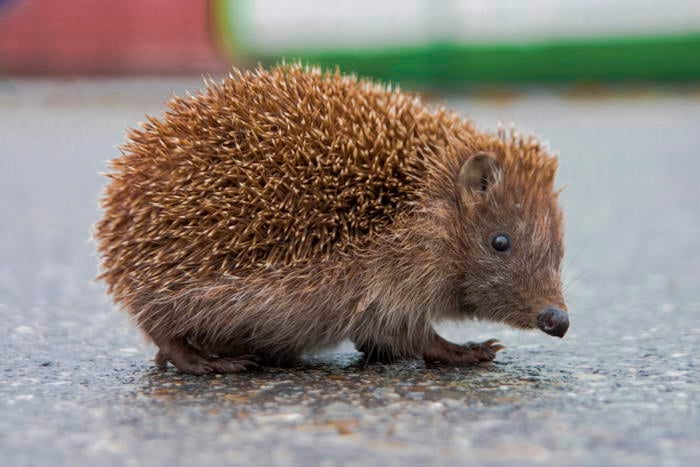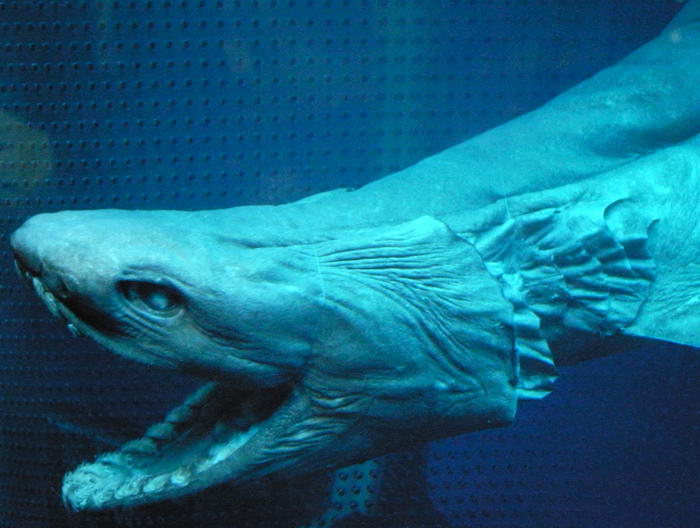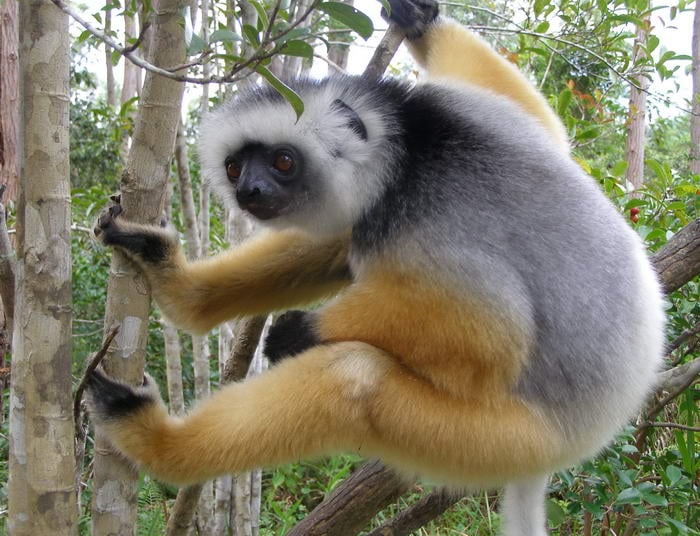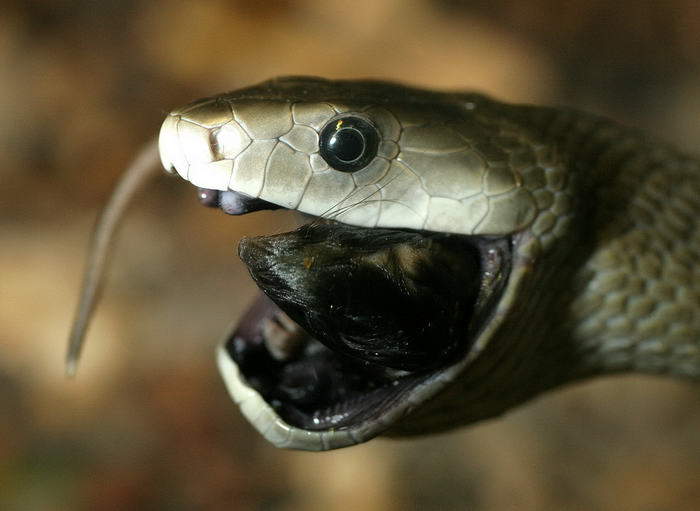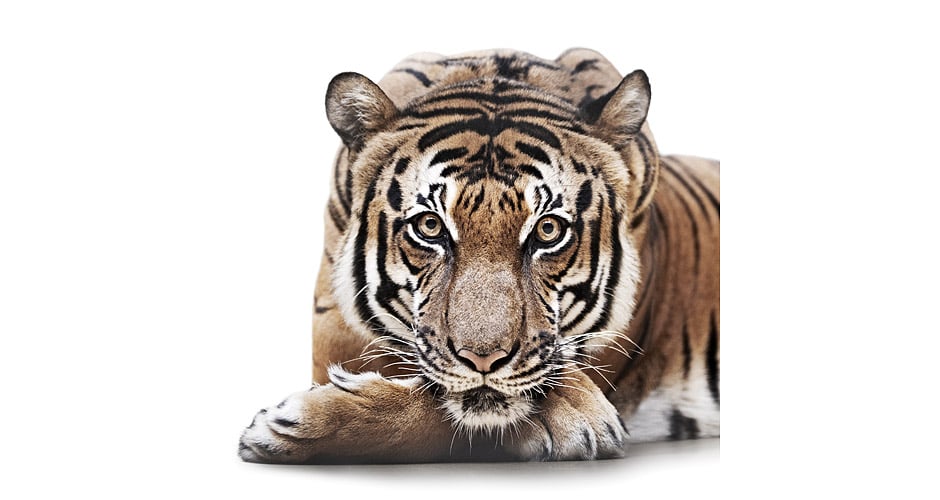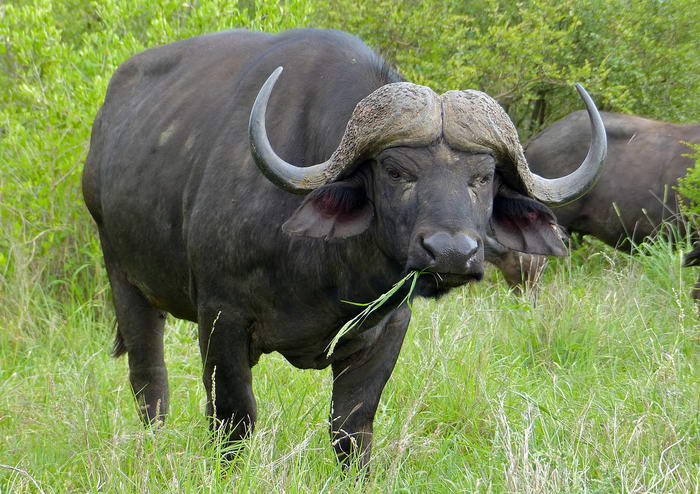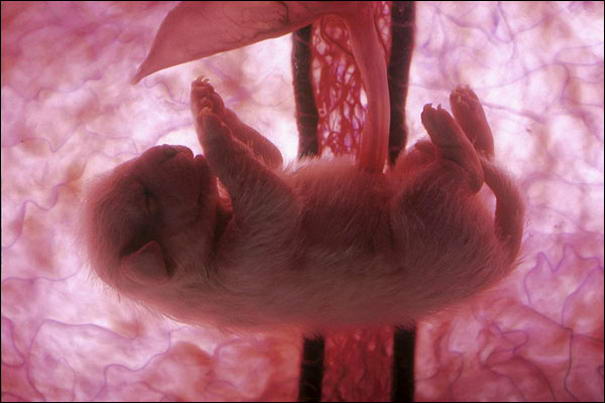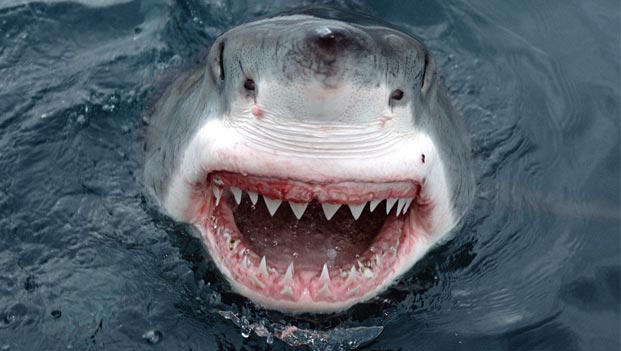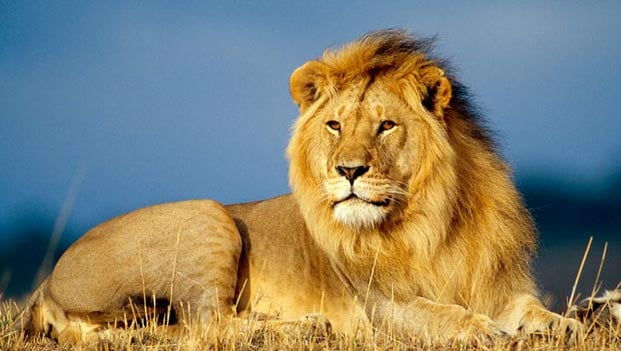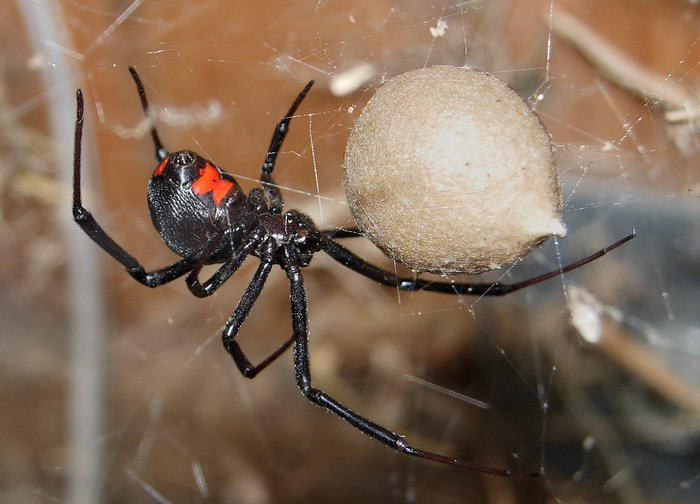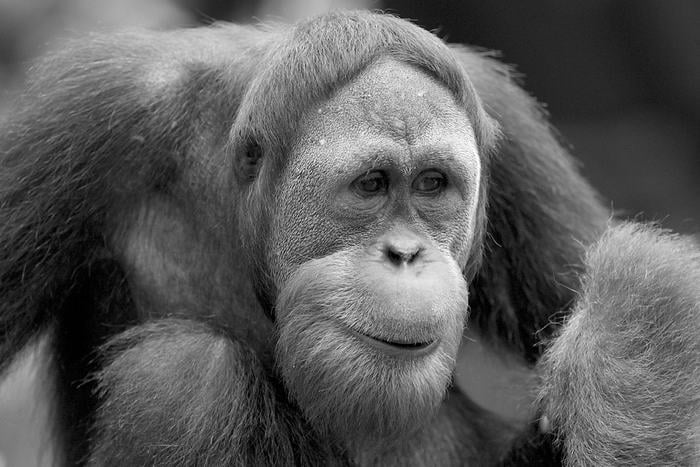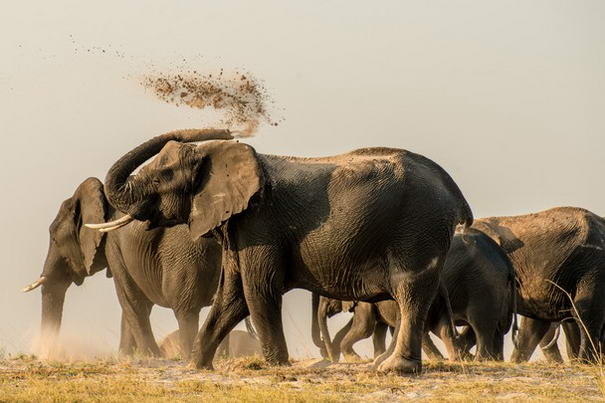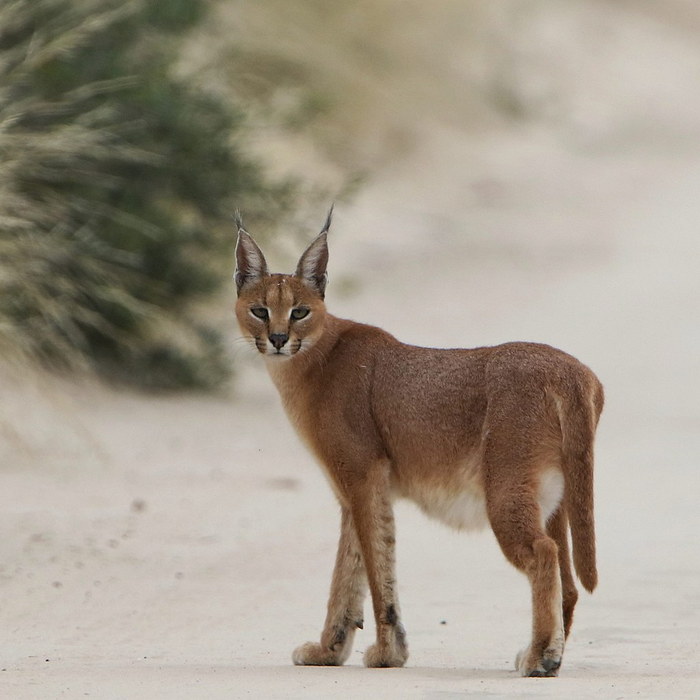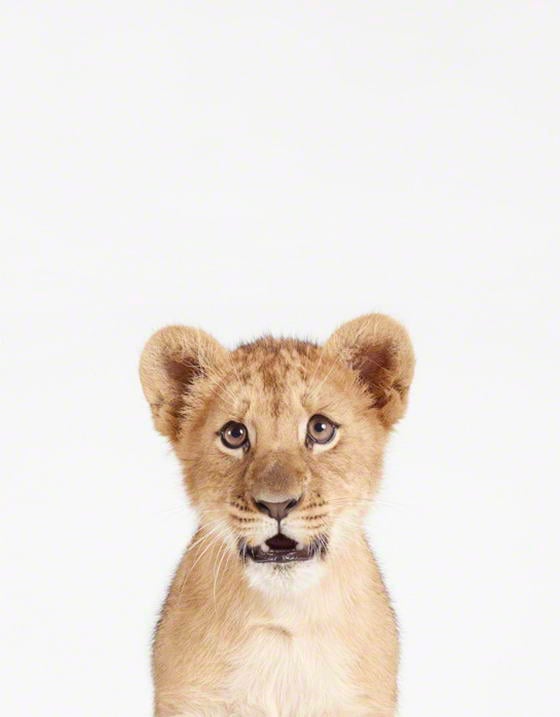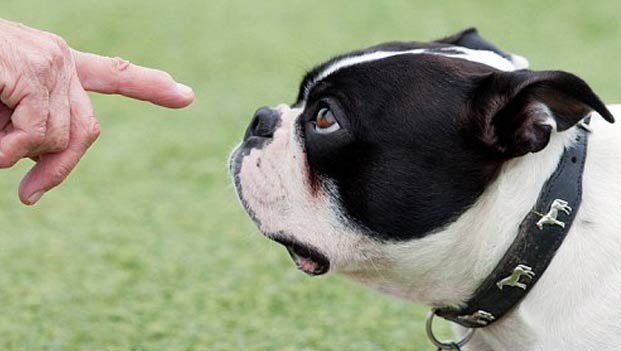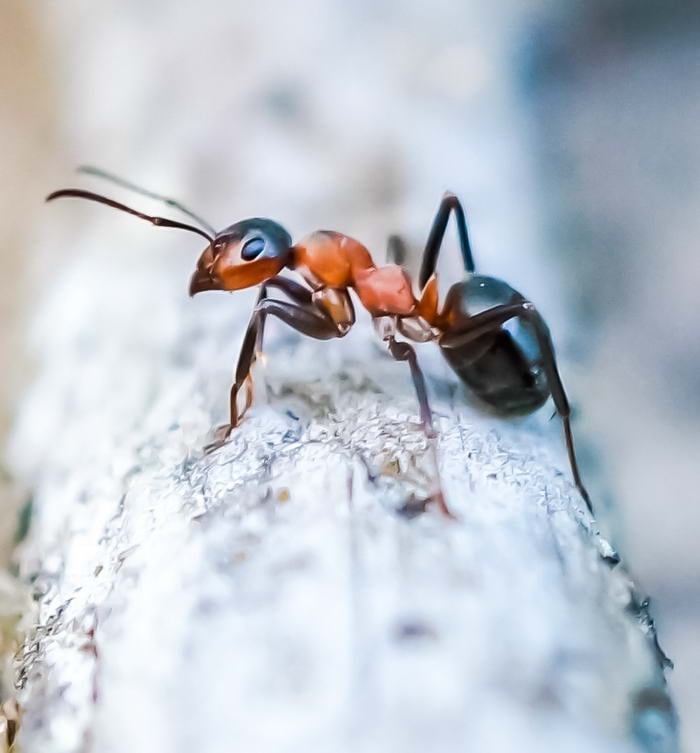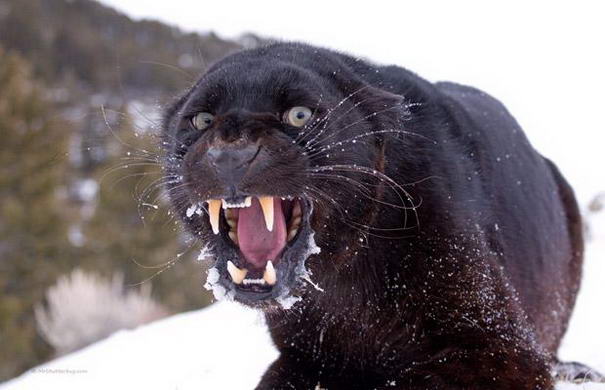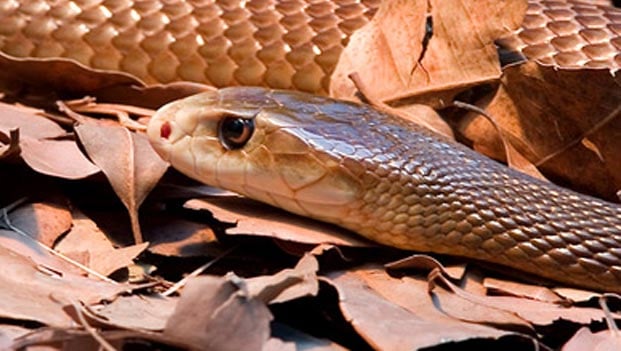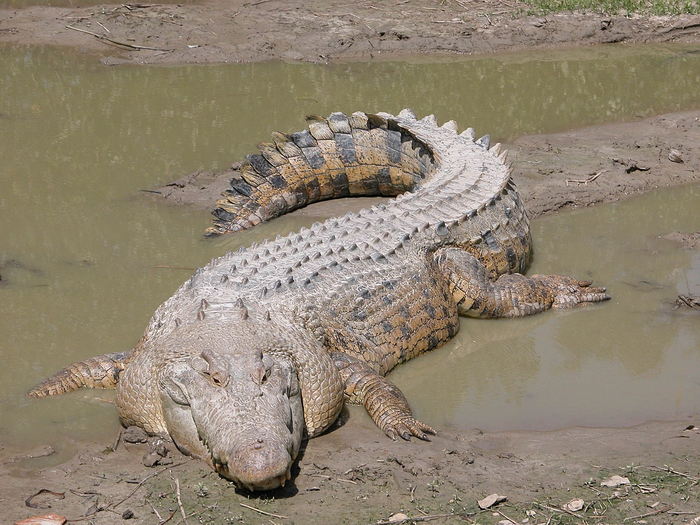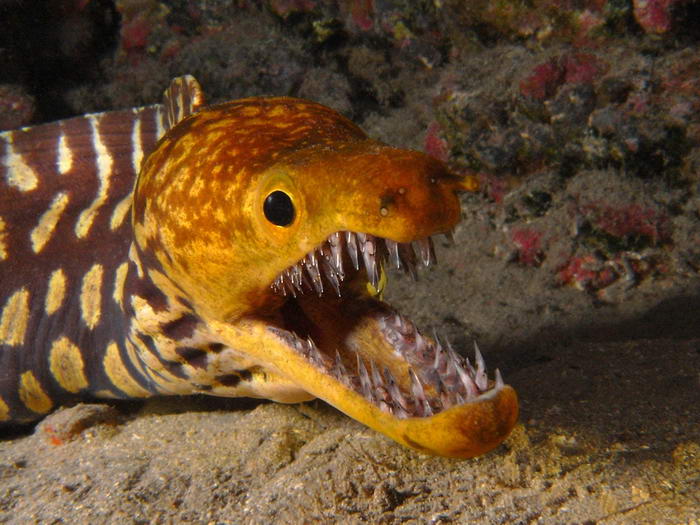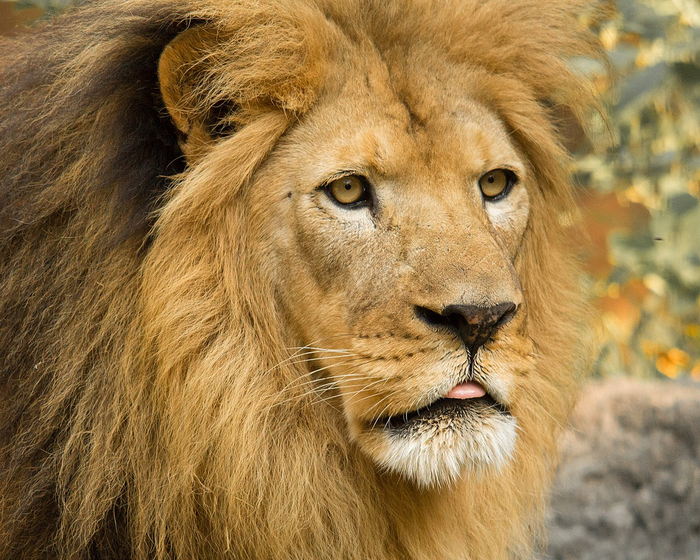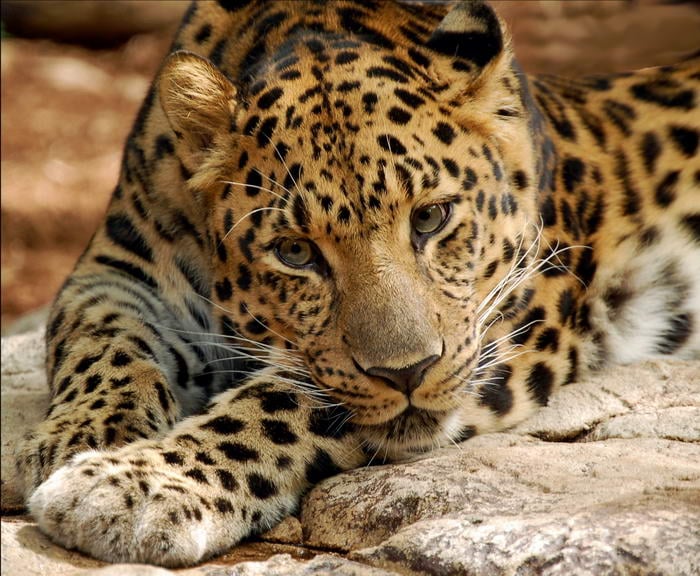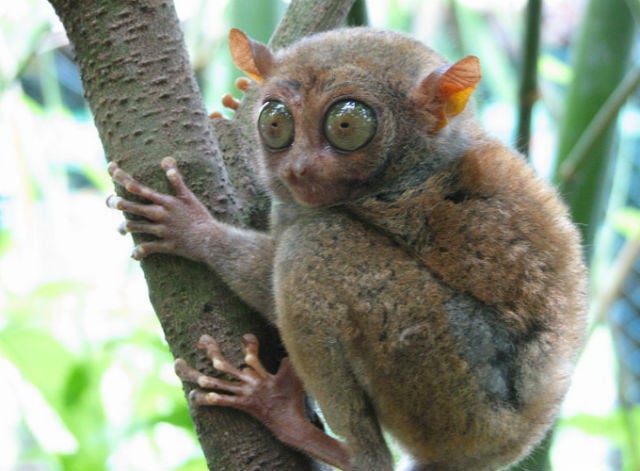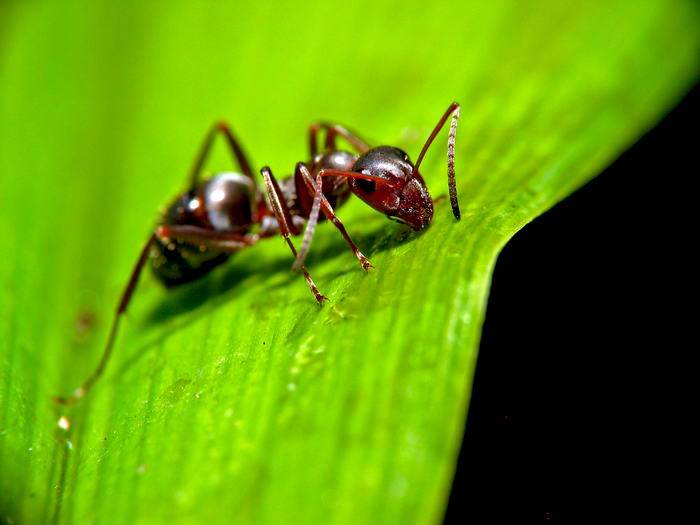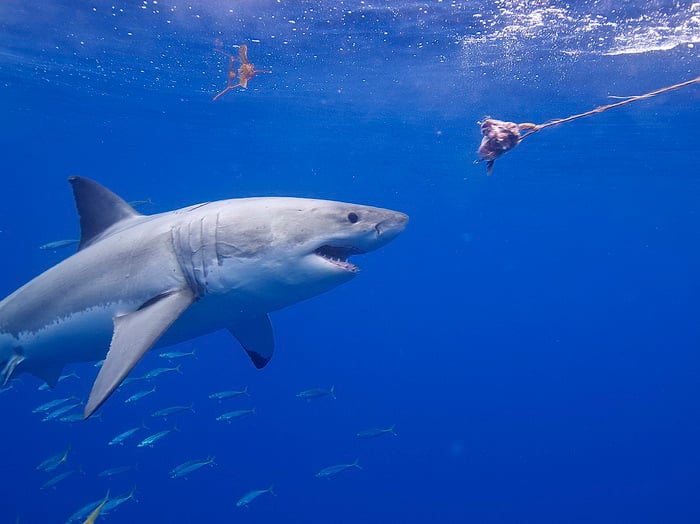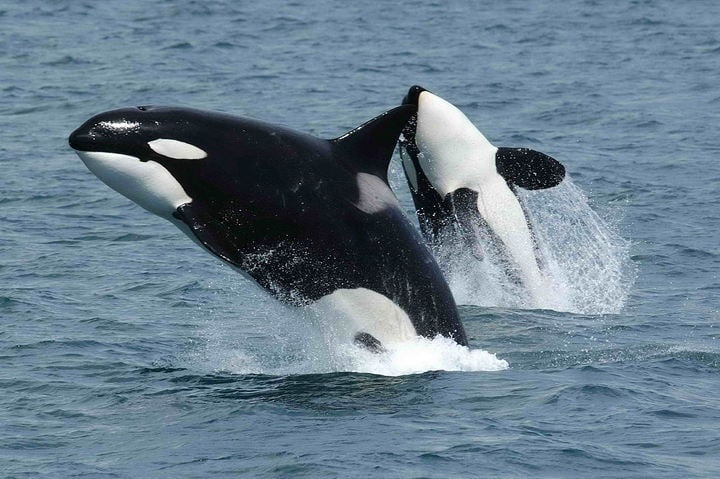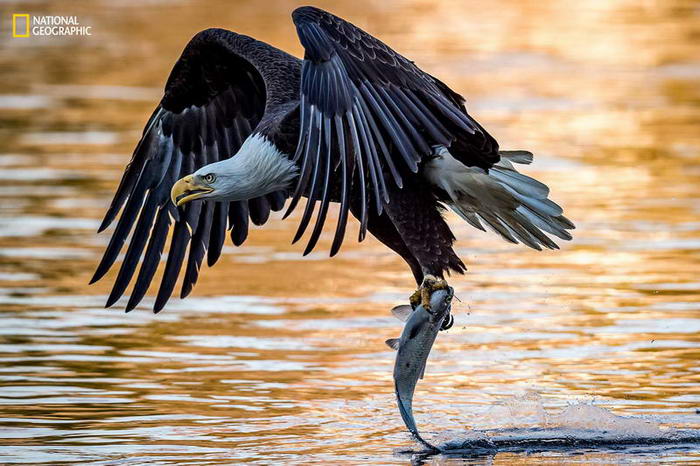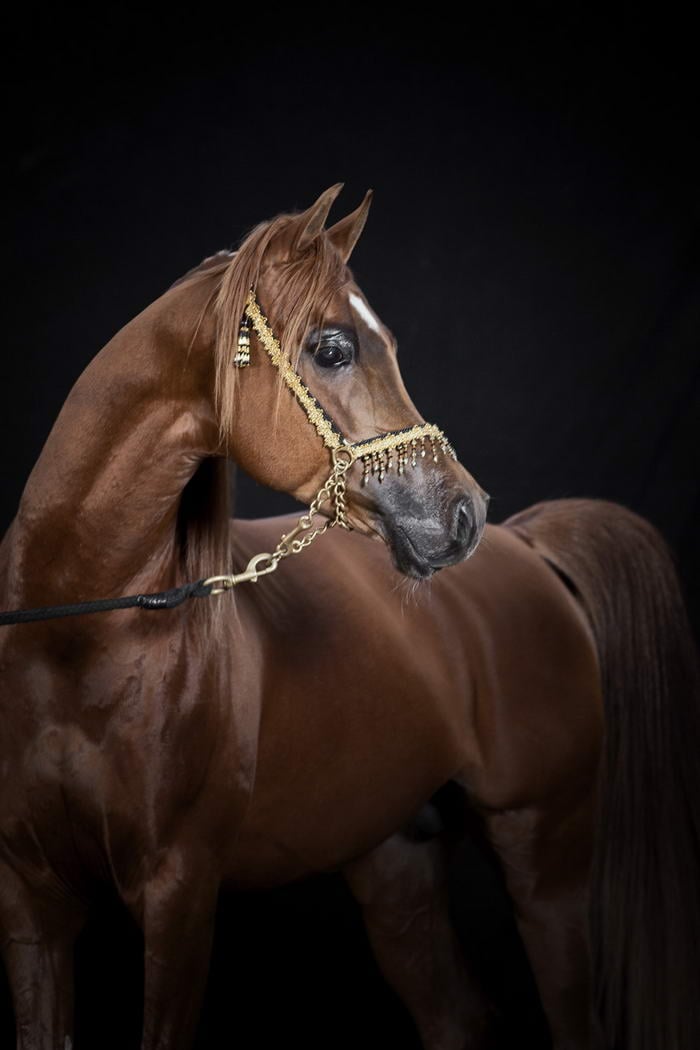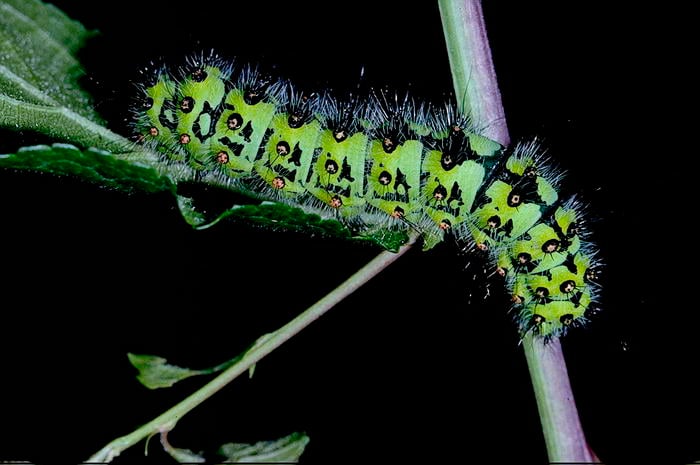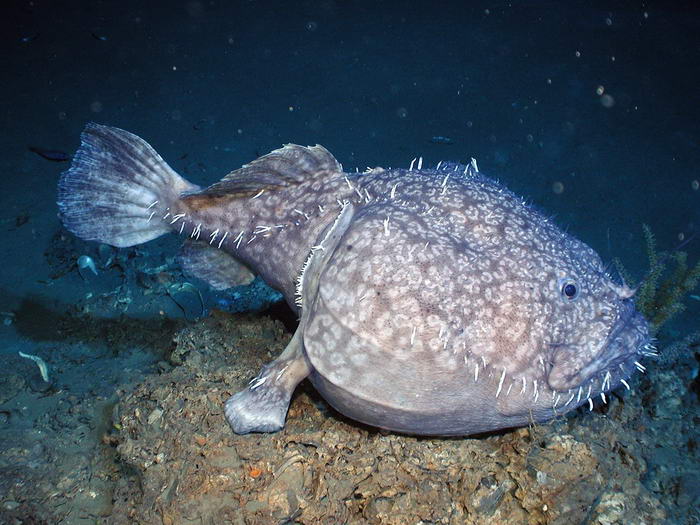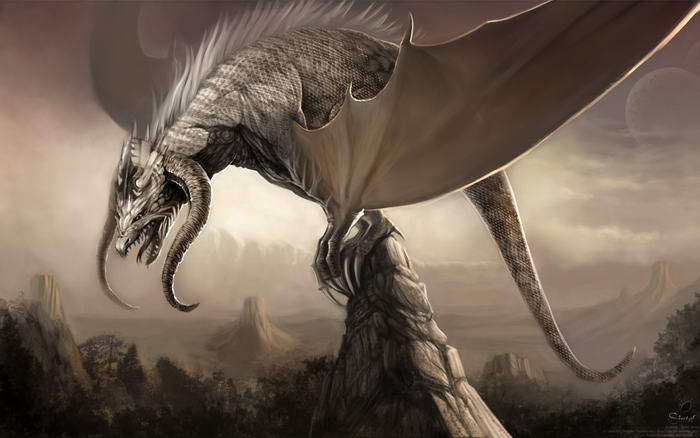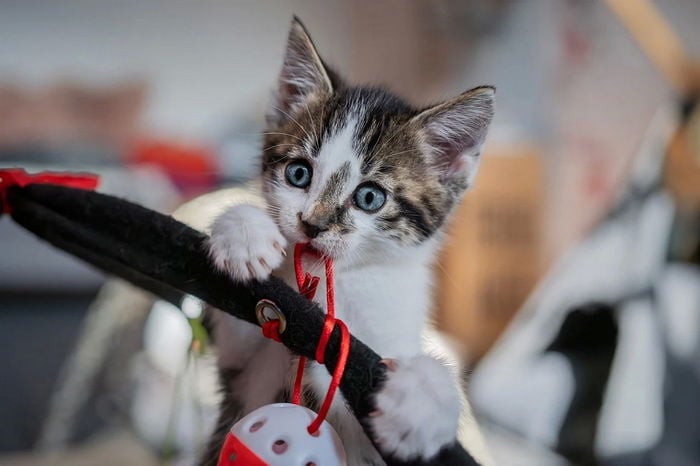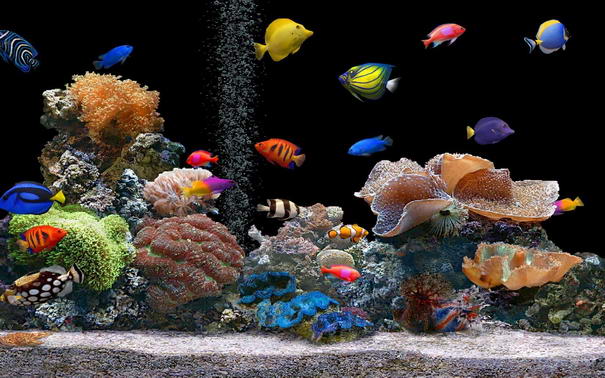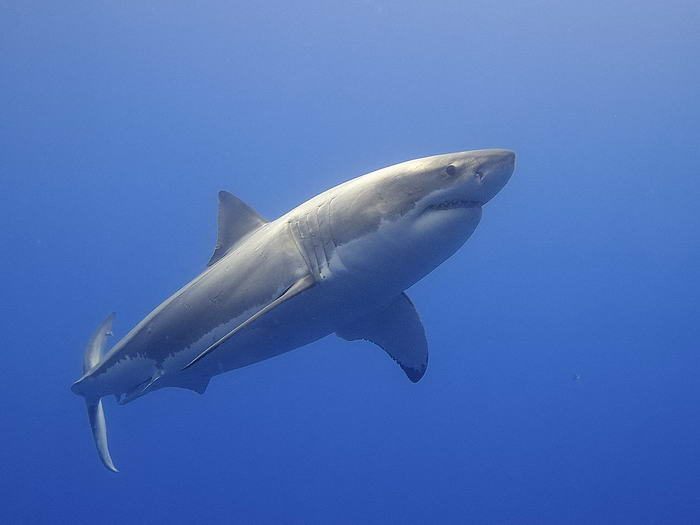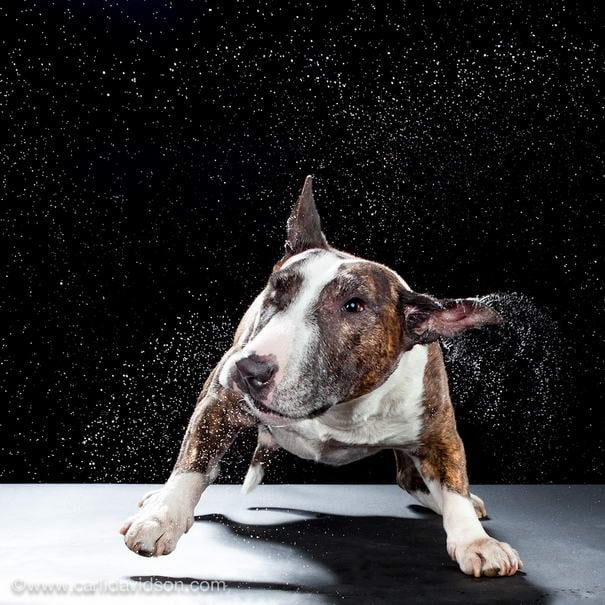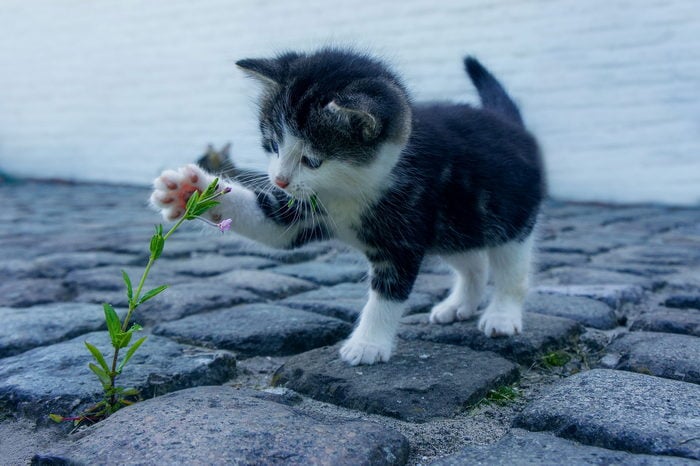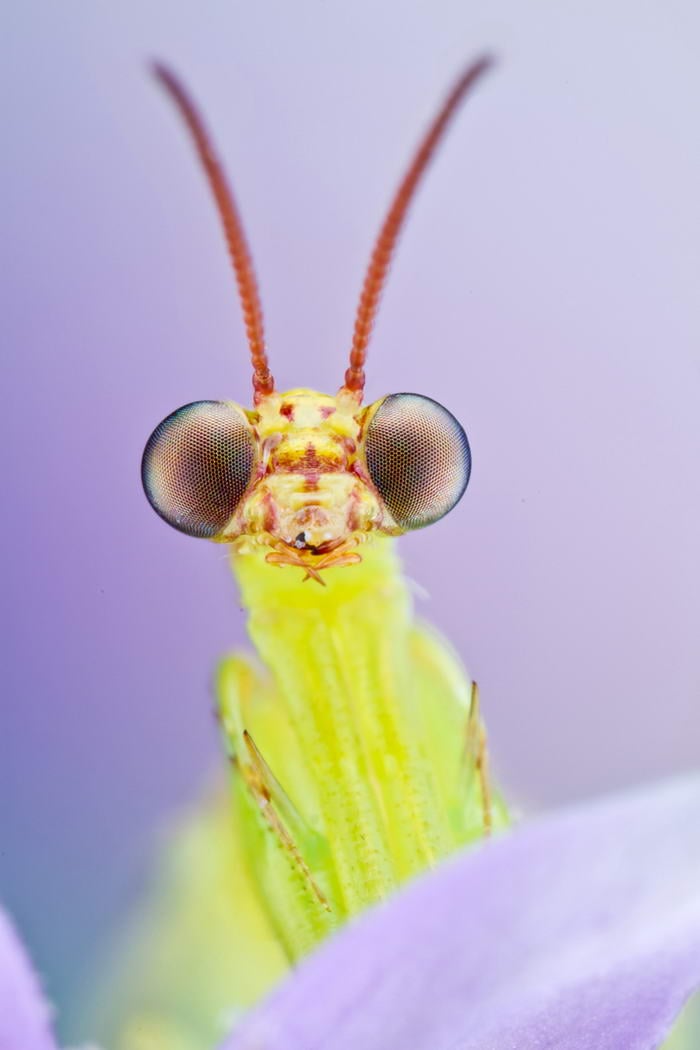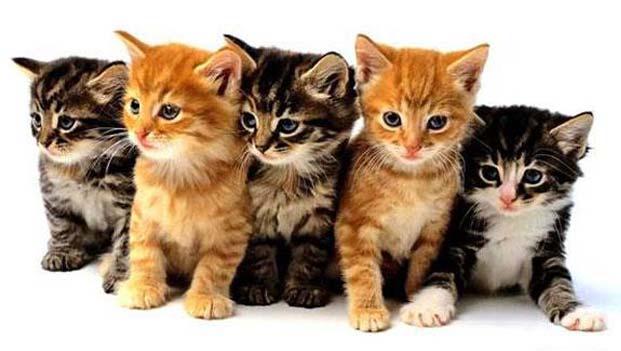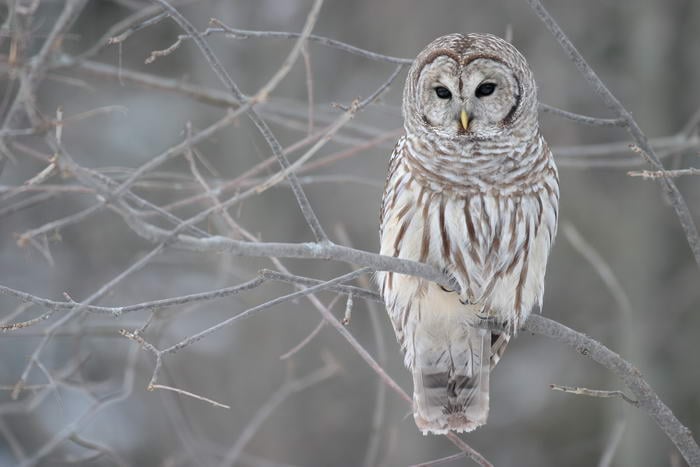You see, nature is full of surprises, and not all of them are the pleasant, fluffy kind. You’ve probably clicked on this because you’re a fan of cute animals. But, beware! Not all cute things are as harmless as they appear. Some of the most adorable creatures on the planet are also some of the most dangerous. Yes, you read that right! Cute but deadly animals do exist.
There’s something inherently captivating about the paradox of a cute but deadly animal. We’re used to associating cute with cuddly, innocent, and harmless. But nature often breaks the rules, and these cute animals are indeed rule breakers of the most astonishing kind.
Why should we be careful, you ask? Well, the innocent-looking critters we’re about to meet carry with them potent toxins, deadly venoms, and surprising defense mechanisms that could certainly ruin your day—or worse. Still, these cute deadly animals are crucial players in our global ecosystems and remind us that even the tiniest among us can hold extraordinary power.
10 – Maned Rat (Lophiomys imhausi)
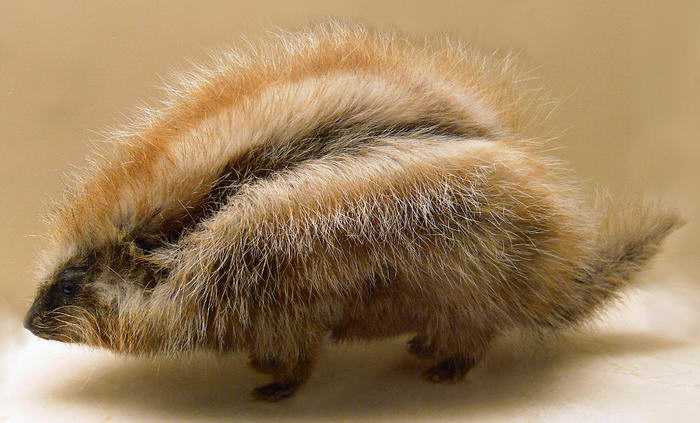
If punk rock were a thing in the animal kingdom, the Maned Rat (Lophiomys imhausi) would be its poster child. With its mohawk-like mane and curious aura, this East African rodent seems like a rockstar. It’s a part of our list of cute but deadly animals, and it packs a punch that rivals its punk rock look.
Unlike the conventional picture we have of rats, the Maned Rat isn’t about scavenging or living in urban shadows. Instead, it thrives in the dense scrublands of East Africa, boasting a distinct style. Its mane isn’t just a fashion statement. It serves a deadly purpose.
Upon feeling threatened, this rat showcases its mane in an erect display. It’s no mere intimidation tactic. The rat’s long hairs camouflage a skin that secrets a potent toxin. Sourced from a diet rich in Poison-arrow tree bark and roots, the rat converts these lethal compounds into a protective shield.
You might wonder, how does the rat handle such a poison without dropping dead itself? Here’s the marvel of nature’s design. The toxin isn’t harmful to the rat. Instead, the rat is specially adapted to store it safely in its fur, using it solely for defence. So while it might appear adorable, it’s best admired from afar.
09 – Hooded Pitohui (Pitohui dichrous)
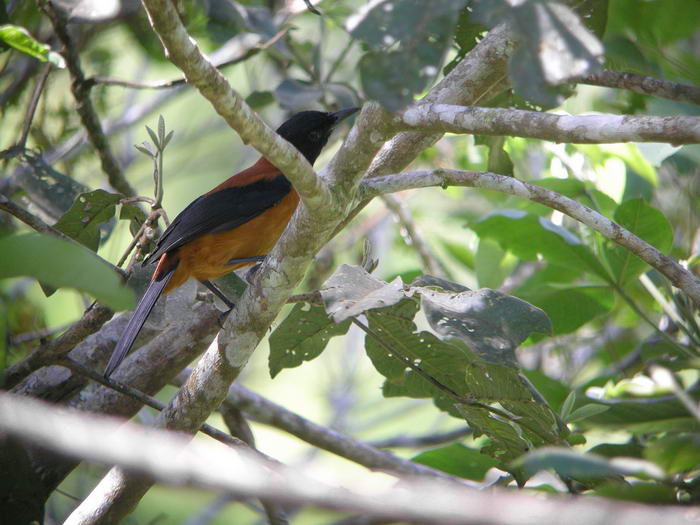
The Hooded Pitohui’s toxic secret lies within its colourful feathers. Unlike most birds that use their feathers for flight and attraction, the Hooded Pitohui uses its plumage for protection. Each feather, and even the bird’s skin, is laced with a neurotoxin potent enough to wreak havoc on any predator.
The neurotoxin, called homobatrachotoxin, isn’t unique to the Hooded Pitohui. You’ll find the same compound in the skin of several poison dart frog species. This toxin is so powerful that just touching the bird can cause numbness and tingling. If you, or any predator, were to ingest it, the outcomes range from paralysis to fatality. It’s a clear reminder to appreciate the beauty of such cute but scary animals from a safe distance.
08 – Yellow Boxfish (Ostracion cubicus)
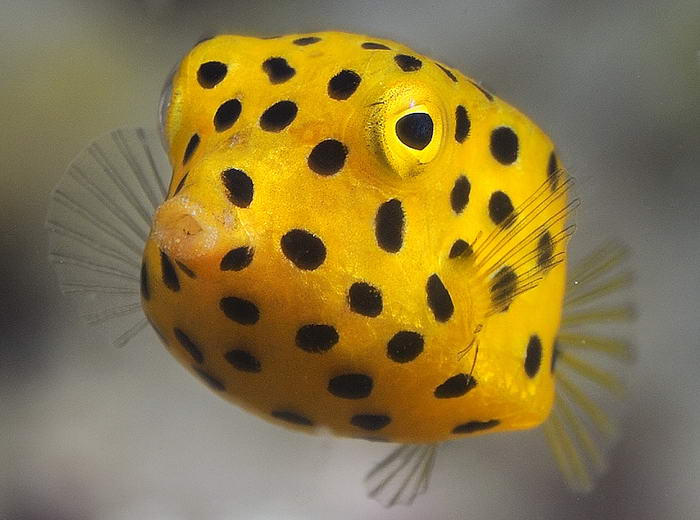
What if I told you there’s a creature out there that’s as cute as a button, but as dangerous as a viper? Meet the Yellow Boxfish, a charismatic dweller of the warm, coral-rich waters of the Pacific and Indian Oceans. With its vibrant colours and distinctive box-like shape, it’s easily one of the most recognizable species in the marine world.
Juvenile Yellow Boxfish sport bright yellow bodies, adorned with cute little blue-black spots. As they grow older, their colour tends to fade, and the spots become less distinct. This may make them less adorable in the eyes of some, but their fascinating shape always sparks interest. Remember though, their charm carries a hidden threat.
Like other cute deadly animals, the Yellow Boxfish has an impressive defence mechanism. When stressed or threatened, it releases a potent toxin known as ostracitoxin. This toxin, which is harmful to other fish, is released from the boxfish’s skin, turning this seemingly harmless creature into a potential killer. It’s another prime example of why we should resist the urge to pet or handle these small but deadly animals.
07 – Pfeffer’s Flamboyant Cuttlefish (Metasepia pfefferi)
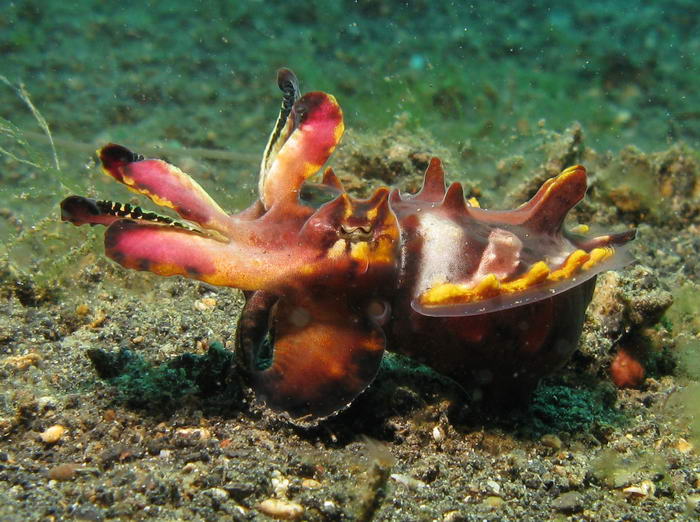
With pulsating waves of yellow, red, pink, and white running across its body, it’s hard not to be captivated by this marine marvel. Yet, beneath the hypnotic show, a sinister secret lurks. The flamboyant display isn’t just a spectacle—it’s a warning.
Pfeffer’s Flamboyant Cuttlefish is one of the few toxic species of cuttlefish known to science. Its flesh contains a unique toxin that’s not fully understood but is known to be highly potent. As of now, there is no known antidote. This means any predator, or indeed any human, who decides to touch or consume this cuttlefish might be in for a nasty surprise.
06 – Puffer Fish (Tetraodontidae)
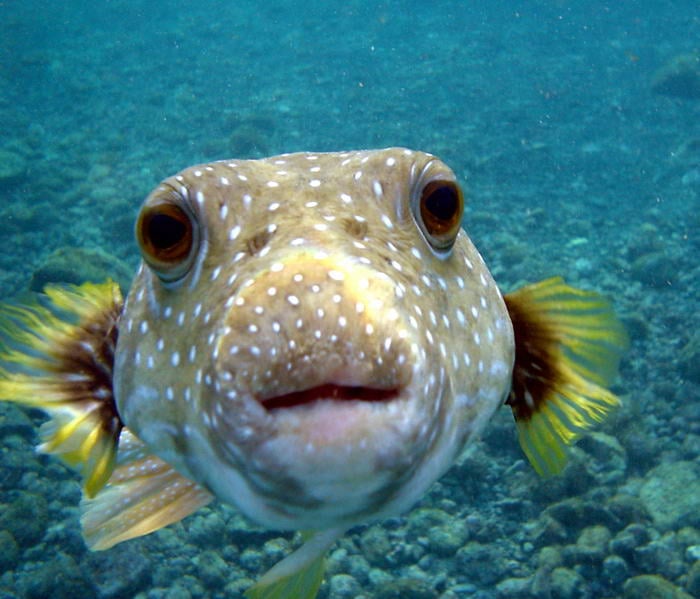
Puffer Fish are generally peaceful critters, content to explore their underwater homes. But don’t let their calm demeanour mislead you. If a puffer fish feels threatened, it gulps in water, inflating its body to many times its normal size. As if looking like a spiky underwater balloon isn’t enough, there’s another surprise in store for any predators.
The puffer fish’s true threat lies in its toxicity. They are among the most poisonous vertebrates in the world. Their skin and certain internal organs are laced with tetrodotoxin, a poison potent enough to paralyse and kill a human. For any predator thinking of having a puffer fish snack, it would be a meal to die for—literally!
05 – Duck-Billed Platypus (Ornithorhynchus anatinus)
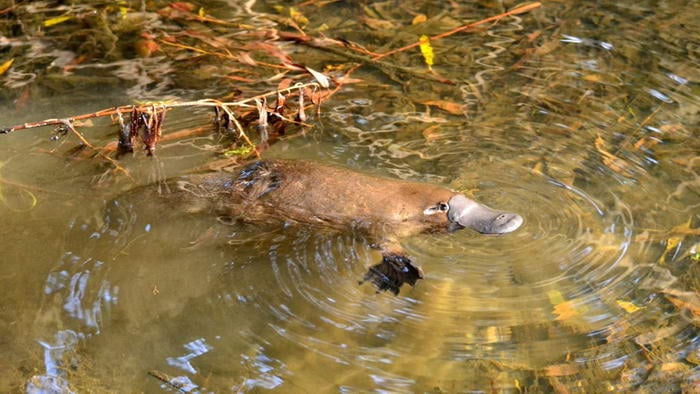
When European naturalists first encountered specimens of this oddball, they thought it was a hoax. It looked like someone had sewn different animal parts together. Today, we know this isn’t the case. In the ranks of cute but deadly animals, the platypus is a top contender.
What makes this cute, furry creature dangerous, you ask? The answer lies in its hind legs—or more specifically, in the venomous spurs on the males’ hind legs. While not lethal to humans, a strike from a platypus spur can cause intense pain, swelling, and an overall sense of malaise. To other smaller animals, the venom can be fatal. So remember, while platypuses might be fascinating and undoubtedly cute, they’re not for cuddling!
04 – Golden Poison Frog (Phyllobates terribilis)
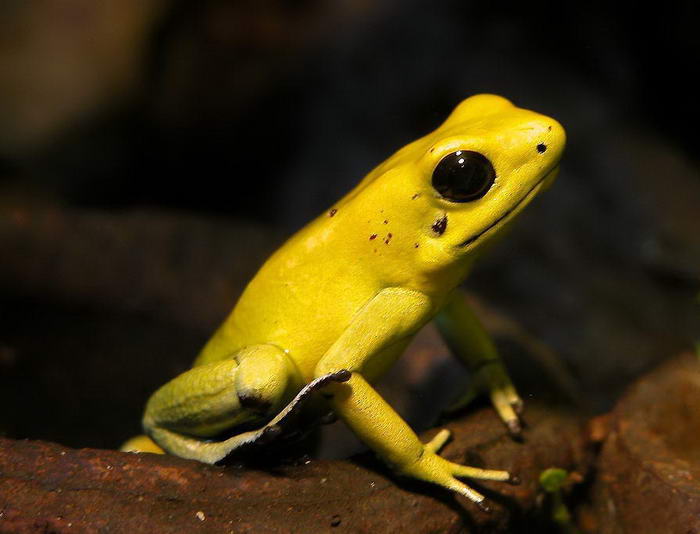
The Golden Poison Frog’s vibrant colour is more than just attractive; it’s a stark warning to predators. Its skin secretes a potent neurotoxin known as batrachotoxin. This poison is so lethal that a mere 2 micrograms is enough to kill a human or other large mammal. Despite its deadly potential, local Emberá people have used the frog’s poison for centuries to tip their blowgun darts when hunting.
Just a reminder, though – don’t let their cuteness fool you. These little guys are best admired from a distance!
03 – Blue Dragon (Glaucus atlanticus)
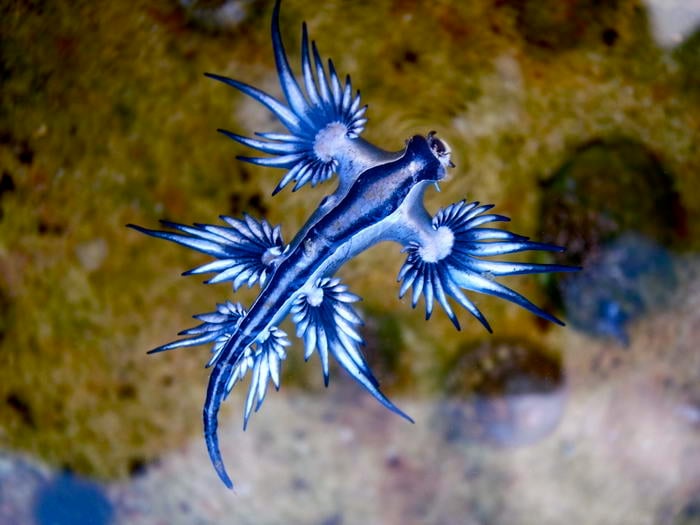
The Blue Dragon might be tiny, typically measuring up to 3 cm, but it’s one of the most strikingly beautiful creatures in the ocean. With a soft blue body and silver-grey belly, it’s a sight to behold. But much like its namesake, the dragon, the Blue Dragon harbours a deadly weapon.
These sea slugs feed on venomous creatures, including the Portuguese man o’ war. They store the venom within their own bodies, concentrating it to use when threatened. It’s a cute but deadly animal indeed. If you ever spot a Blue Dragon while swimming or walking on the beach, remember – this isn’t a creature to be handled carelessly!
02 – Blue Ring Octopus (Hapalochlaena)
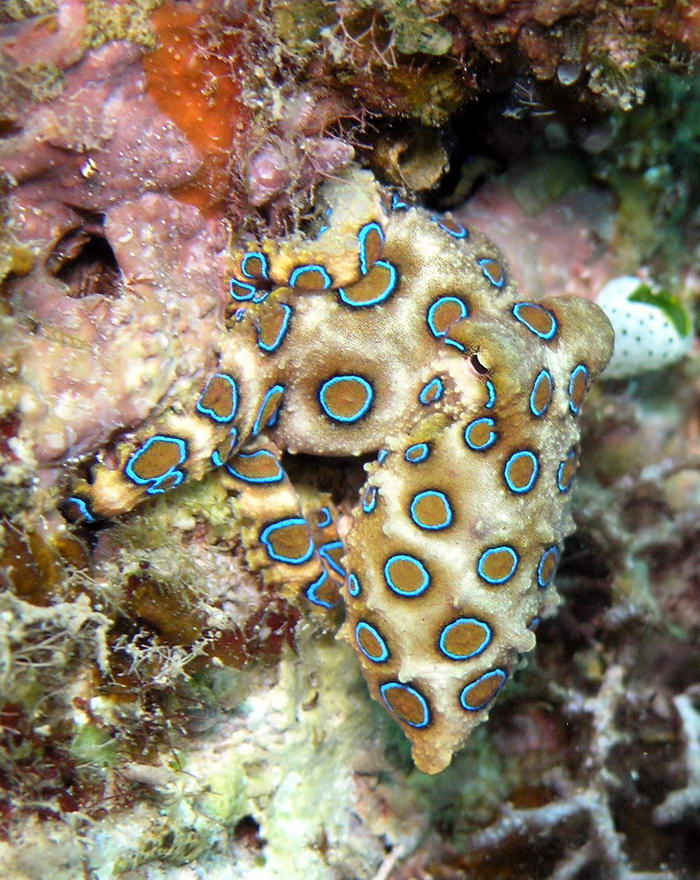
Often found in tide pools and coral reefs across the Pacific and Indian Oceans, the Blue Ring Octopus is quite the sight. But when it feels threatened, those stunning blue rings start to glow—an alarming spectacle. And that’s your cue to back away. This octopus, one of the cute but deadly animals of the ocean, carries enough venom to kill 26 humans within minutes. And the scariest part? There’s no known antidote.
The venom of a Blue Ring Octopus contains tetrodotoxin, the same neurotoxin found in our puffer fish friend. It’s powerful enough to cause motor paralysis and respiratory failure, leading to death if not treated immediately. Remember, beauty can be deceiving, especially when it comes to cute but deadly animals like the Blue Ring Octopus.
01 – Slow Loris (Nycticebus coucang)
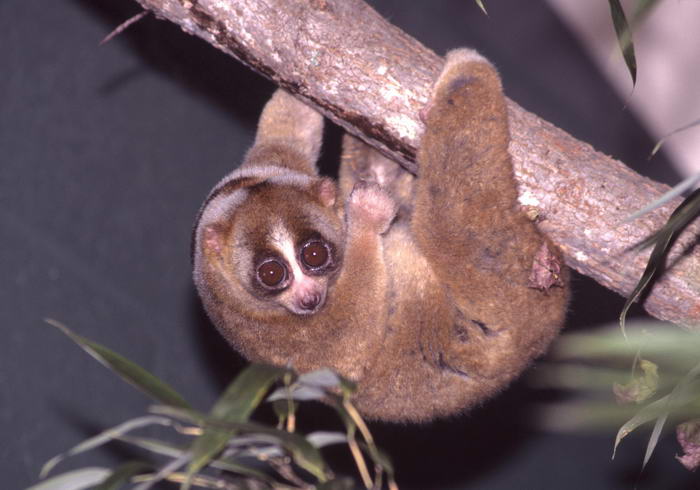
Slow Lorises, found in Southeast Asia and bordering areas, are one of the only venomous mammals in the world. They have a gland near their elbows that secretes a toxin. When they feel threatened, Slow Lorises can mix this toxin with their saliva and deliver it through a bite. This toxin can cause a painful reaction and, in some cases, even death.
So, despite those seemingly innocent eyes pleading for a cuddle, it’s best to keep a respectful distance from these fascinating creatures. That way, they can continue their secretive lives, and we can enjoy their cuteness from afar—everyone wins!
Adorable but Deadly?
Well, there you have it – ten of the most disarmingly adorable yet potentially lethal creatures on Earth. From land to sea, we’ve met a fascinating mix of creatures who are cute to the eye, but pack a deadly punch.
Each of these critters, in their own unique way, highlights an important truth about nature – that appearances can be deceiving. But this doesn’t mean we should fear them. Quite the opposite. We should appreciate them for what they are – incredible examples of nature’s diversity, complexity, and survival strategies.
Remember, the cuteness of these cute but deadly animals is best admired from a respectful distance. Whether it’s the venomous Slow Loris, the toxic Golden Poison Frog, or the stunning yet dangerous Blue Ring Octopus, every creature has a role to play in the grand tapestry of life. And each one deserves our respect and protection.
So, next time you’re drawn to an animal by its cute looks, don’t forget that it might just be one of those cute deadly animals. Keep your distance, stay safe, and continue to admire the wondrous and, yes, sometimes deadly beauty of the animal kingdom.


